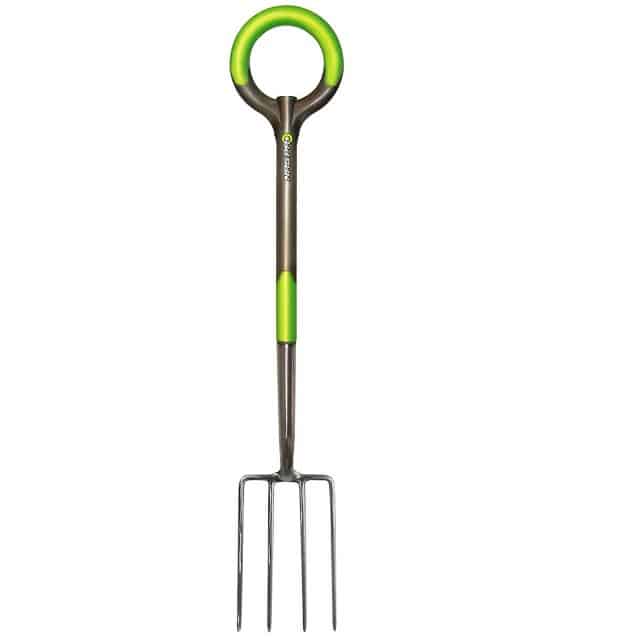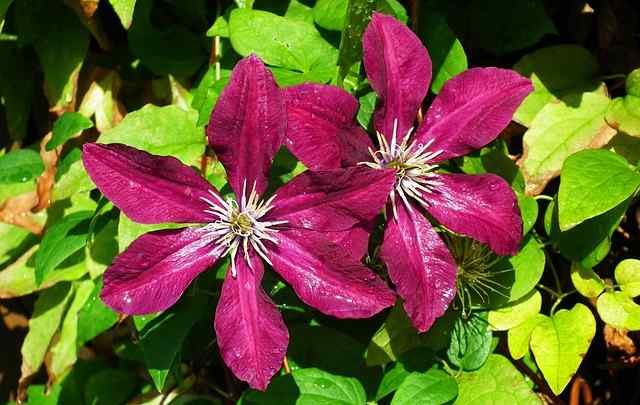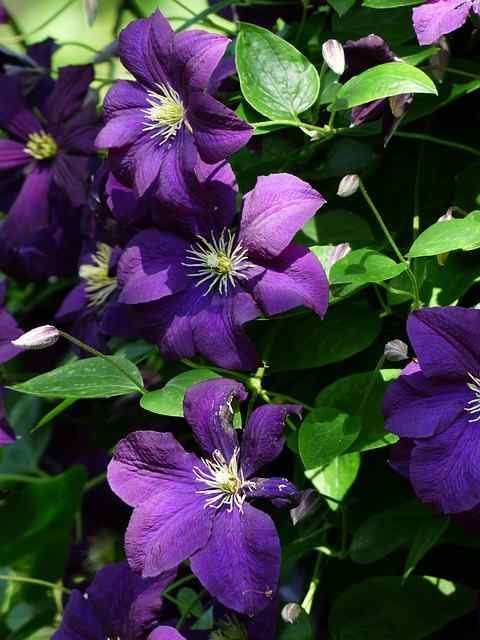This comprehensive guide will walk you through everything you need to know about transplanting clematis
When to Transplant Clematis

Understanding the right time to transplant clematis is critical for success. Like any perennial, timing matters significantly. Generally, the best time for transplanting clematis is during its dormancy period, which typically falls in early spring (before new growth begins) or late autumn after blooming has finished.
Signs That It’s Time to Transplant
Several indicators suggest that your clematis may need a new home:
Poor Growth: If your clematis has stopped growing or exhibits stunted growth, it may be root-bound, requiring more space or different soil conditions.
Pest Problems: Persistent pest infestations or diseases may prompt a move to a new location where the plant can recover without the (potentially infectious) neighbors.
Changing Landscape: Home renovations or garden redesigns may necessitate the relocation of your clematis.
Inadequate Sunlight: If trees or shrubs nearby are now casting excessive shade, it may be time to move the clematis to a sunnier spot.
Preparing for Transplanting

Before you dive into transplanting your clematis, careful planning and preparation are vital. Gathering necessary tools and understanding the process will alleviate stress and improve your chances of success considerably.
Tools You’ll Need
Hand trowel
Garden fork
Watering can or hose
Mulch
Organic compost
Stakes or supports, if applicable
Assessing and Preparing the New Location
Selecting the right spot for your clematis is essential. Take into account the following considerations:
Sunlight: Will the new location provide the right balance of light and shade as discussed?
Drainage: Ensure the site doesn’t retain water, which could lead to rot.
Space for Growth: Consider how much room the clematis will need as it matures.
The Process of Transplanting Clematis

Once you’ve determined it’s time to move and have prepared everything, it’s transplanting time. Follow these steps to ensure a smooth transition for your clematis.
Step 1: Water the Plant
Before beginning the transplant process, water the clematis thoroughly a day or two in advance. This practice ensures the plant is hydrated, making it easier to lift, protecting vital root structures from damage.
Step 2: Digging Up the Plant
Using the hand trowel, begin digging around the clematis’ root ball. Aim for an area that extends at least 12 inches out from the base, which can help capture the bulk of the roots. Be gentle; clematis has fine, fibrous roots that are easily damaged.
Step 3: Preparing the New Site
While you’re digging up the plant, also prepare the new hole in your designated area. The hole should be two times the diameter of the root ball to allow the roots room to spread out.
Step 4: Moving the Plant
Carefully lift the clematis out of the ground and place it into the prepared hole. When positioning, ensure the plant sits at the same depth it was at previously. It’s vital not to bury it too deep; this can cause decay.
Step 5: Backfilling and Watering
Fill in the hole with a mix of the original soil and fresh compost to provide nutrients. Water generously after covering the roots to eliminate any air pockets and promote contact between soil and roots.
Step 6: Mulching
Applying a layer of mulch around the base not only retains heat and moisture but also helps suppress weeds. This layer should be about 2-3 inches thick.
Step 7: Providing Support
If your clematis relies on a trellis or other support, ensure that it’s appropriately installed before the plant grows too large. This way, the clematis can quickly grab onto its new surroundings.
Understanding Clematis: The Basics

Clematis is a perennial climbing plant that belongs to the Ranunculaceae family. With over 300 species and many more hybrids, these plants boast a remarkable range of flower colors and forms—from the soft white blooms of Clematis montana to the deep purples of Clematis ‘Niobe’. However, while they offer wonderful aesthetics, clematis requires specific growing conditions and care, making it essential to pay attention to their needs before attempting a transplant.
The Growing Conditions of Clematis
Clematis thrives in a variety of climates but generally prefers a well-drained, slightly alkaline soil rich in organic matter. Partial shade or full sun conditions are most favorable, depending on the specific variety. For example, large-flowered clematis varieties often flourish best with their roots in the shade but their foliage exposed to sunlight. This unique dichotomy is essential to consider when deciding where to place your clematis.
Climate and Weather
Post-transplant care often plays a critical role. If hot, dry weather is on the horizon, additional watering may be necessary. Conversely, if severe storms are forecasted, using stakes or supports can prevent damage to fragile new growth.
Environmental Stress
Keep a close eye on the clematis for signs of transplant shock. Yellowing leaves, wilting, or dropping blooms indicate that your plant is stressed. Try to maintain consistent moisture but avoid overwatering, as this can lead to root rot.
Nutritional Needs
The soil conditions at your new site might differ from the original location. Take time to observe your clematis over the subsequent weeks, looking for signs that it might benefit from additional nutrients. A balanced organic fertilizer during the first growing season can help strengthen the plant.
Common Questions About Transplanting Clematis
How Long Does It Take Clematis to Adjust After Transplanting?
After being transplanted, clematis can take several weeks to several months to fully adjust to its new home. Patience is a virtue during this time, as it needs to re-establish its roots in the new soil.
What If I Can’t Transplant in Spring or Fall?
While spring and autumn are ideal times for transplanting, summer transplanting is possible if you take extra care. Ensure that the plant is well-watered before and after the move, and consider providing shade during particularly hot days.
Will Transplanting Affect Blooming?
It’s common for clematis to either delay or skip a blooming season after being transplanted. This phenomenon is usually temporary, and with good care, the plant will bounce back and produce blooms in subsequent seasons.





